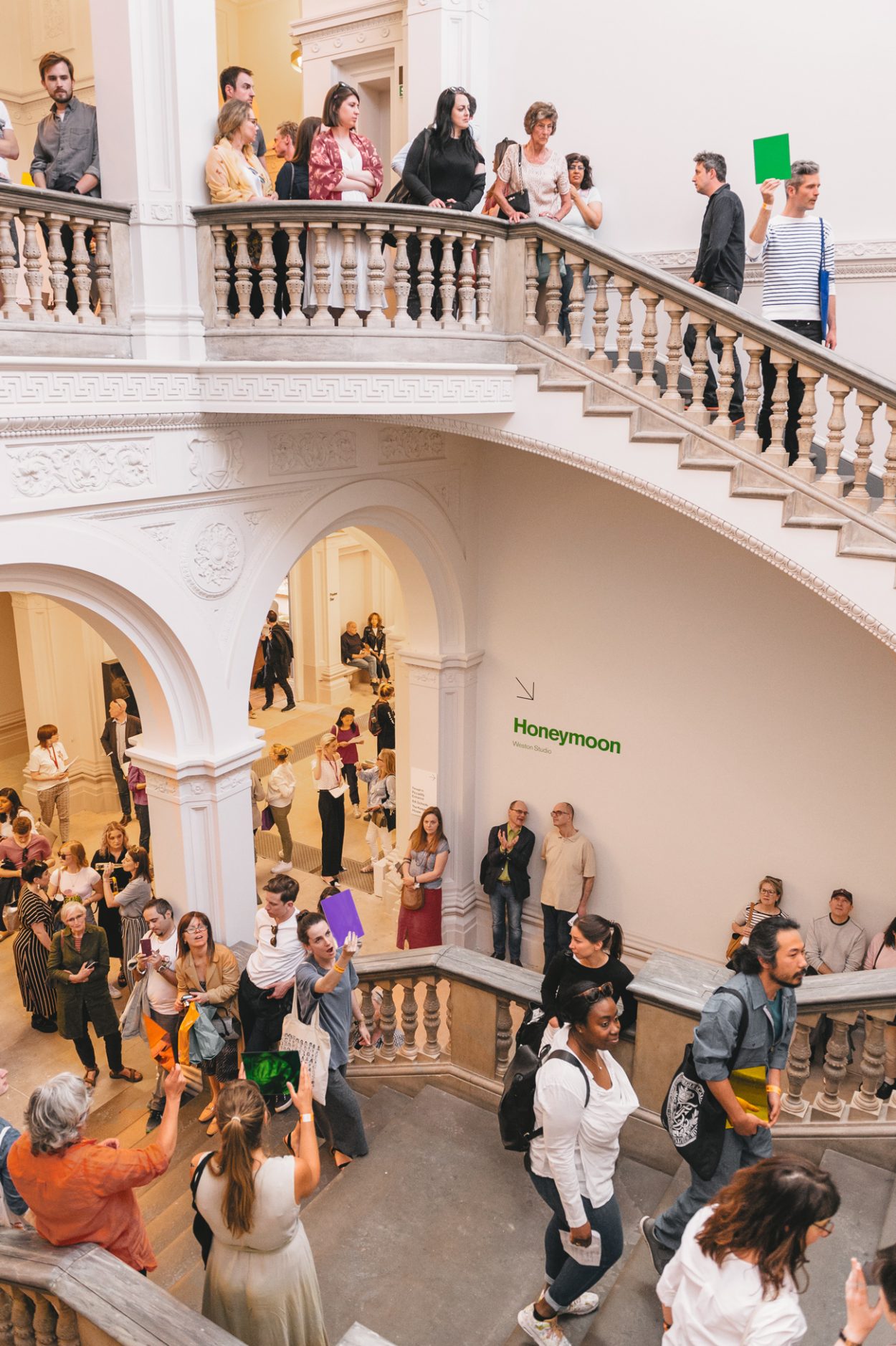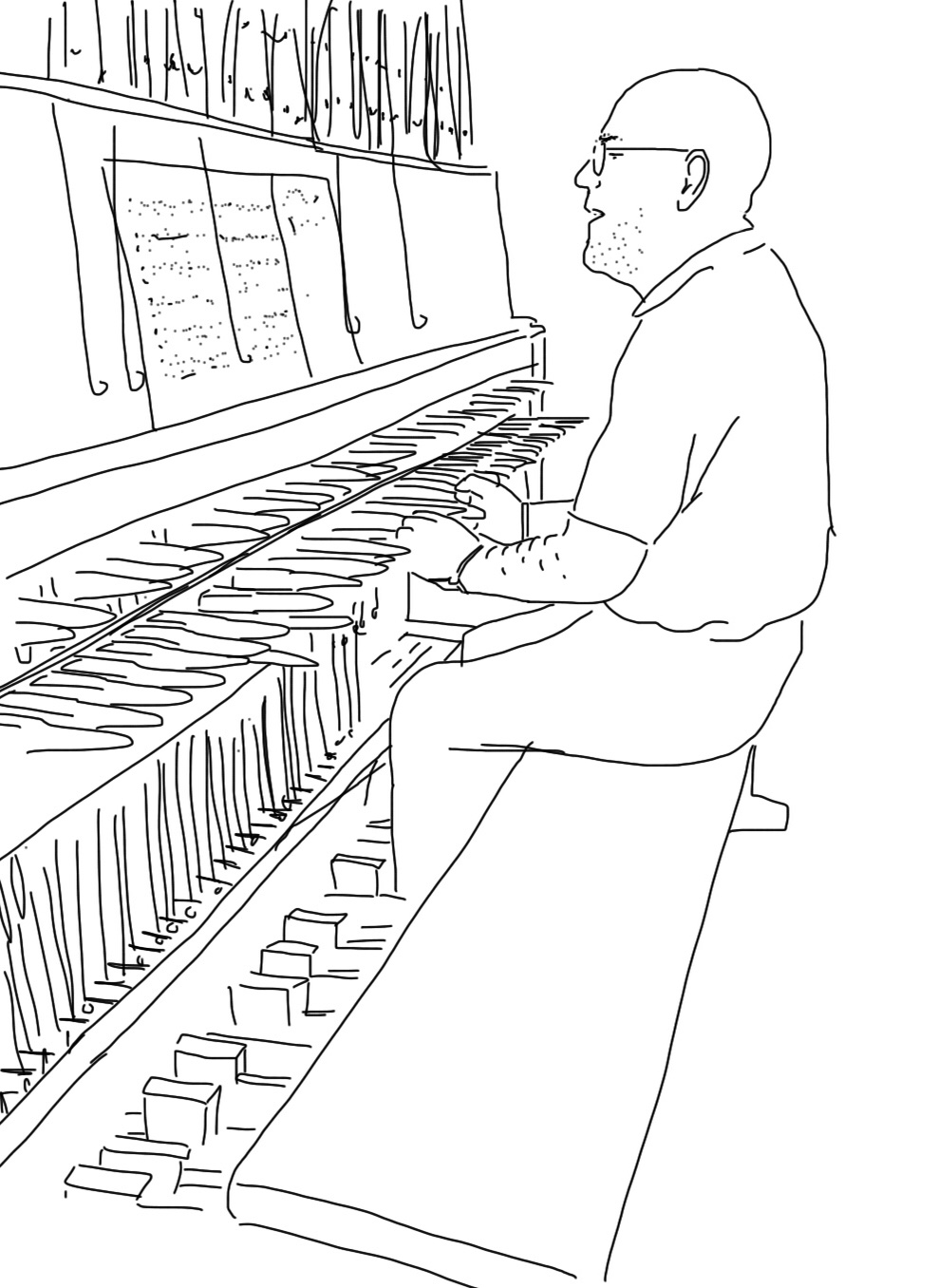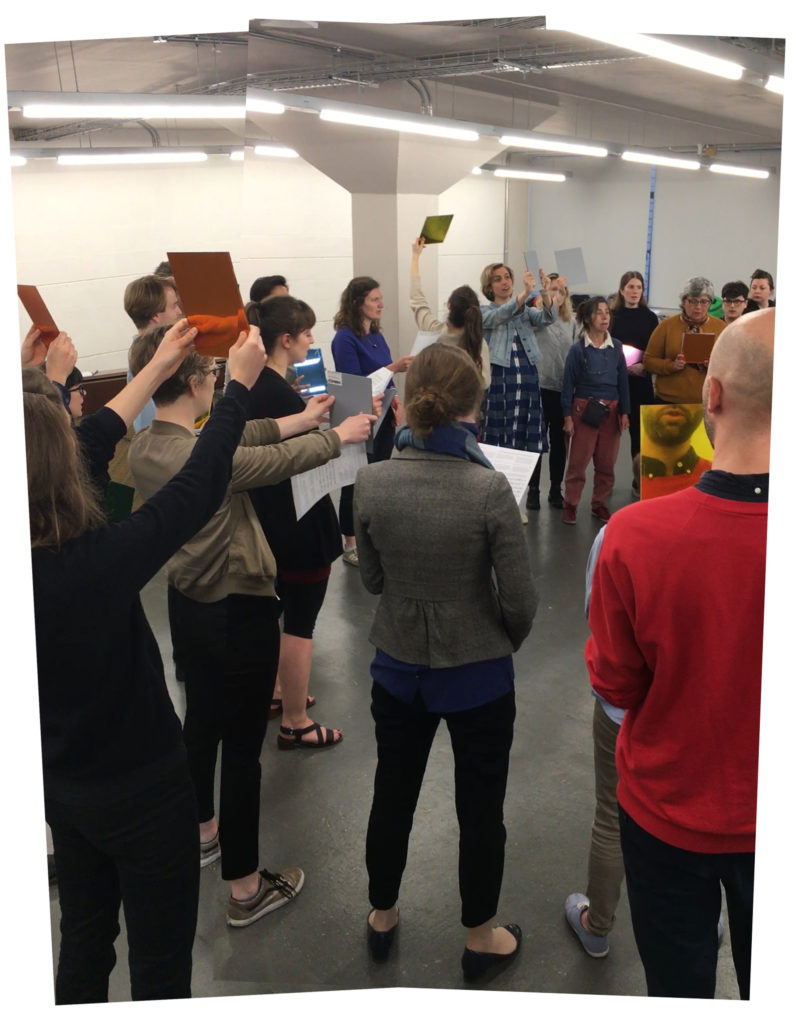Published
LilyPond project boilerplate for music engraving
I was digging around the web for old folk songs this morning and came across Chumbawumba’s English Rebel Songs 1381–1984, was particularly taken by “The World Upside Down”. I wanted to try arranging it but didn’t want to just duplicate and Frankenstein the last score I was working on, so I finally sat down and made a boilerplate.


